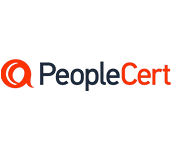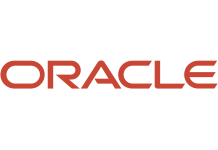- 087 941 5764
- impactful@lrmg.co.za


This course provides the knowledge and skills to design and implement DevOps processes and practices. Students will learn how to plan for DevOps, use source control, scale Git for an enterprise, consolidate artifacts, design a dependency management strategy, manage secrets, implement continuous integration, implement a container build strategy, design a release strategy, set up a release management workflow, implement a deployment pattern, and optimize feedback mechanisms.
Our courses have flexible delivery options:
This course is intended for:
Students who are interested in designing and implementing DevOps processes or in passing the Microsoft Azure DevOps Solutions certification exam.
We recommend that attendees of this course have the following prerequisites:
By the end of this course, you will be able to:
This course prepares students to write Exam AZ-400 Designing and Implementing Microsoft DevOps Solutions
Need additional information?
We are here to support your growth every step of the way
Get in touch
This course provides the knowledge and skills to design and implement DevOps processes and practices. Students will learn how to plan for DevOps, use source control, scale Git for an enterprise, consolidate artifacts, design a dependency management strategy, manage secrets, implement continuous integration, implement a container build strategy, design a release strategy, set up a release management workflow, implement a deployment pattern, and optimize feedback mechanisms.
Our courses have flexible delivery options:
This course is intended for:
Students who are interested in designing and implementing DevOps processes or in passing the Microsoft Azure DevOps Solutions certification exam.
We recommend that attendees of this course have the following prerequisites:
By the end of this course, you will be able to:
This course prepares students to write Exam AZ-400 Designing and Implementing Microsoft DevOps Solutions
Certified global best practices in the new technologies…




Please complete the form with your information and one of our experts will get back to you soon.

Get in touch
Email: impactful@lrmg.co.za
Tel: +27 87 941 5764